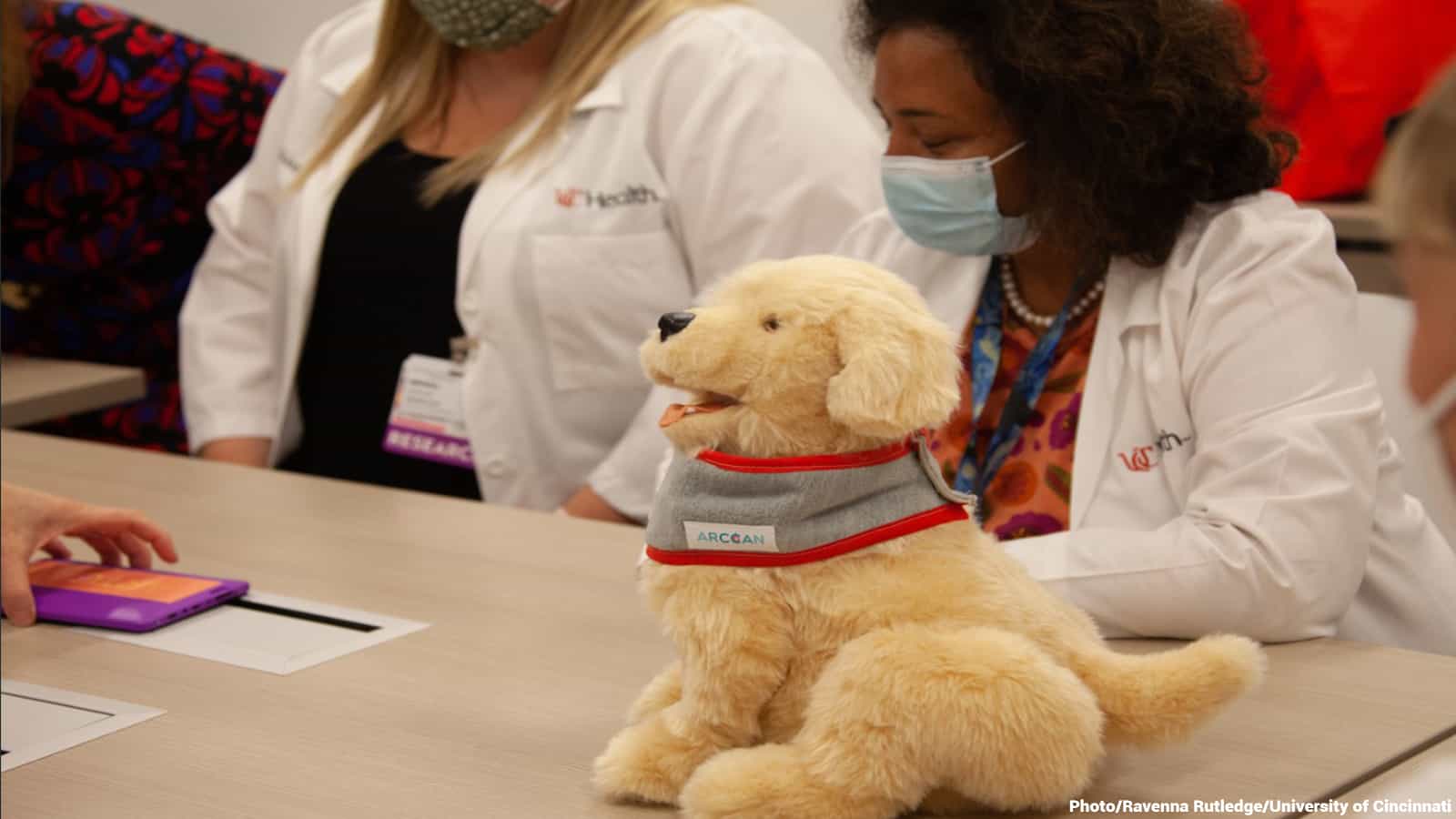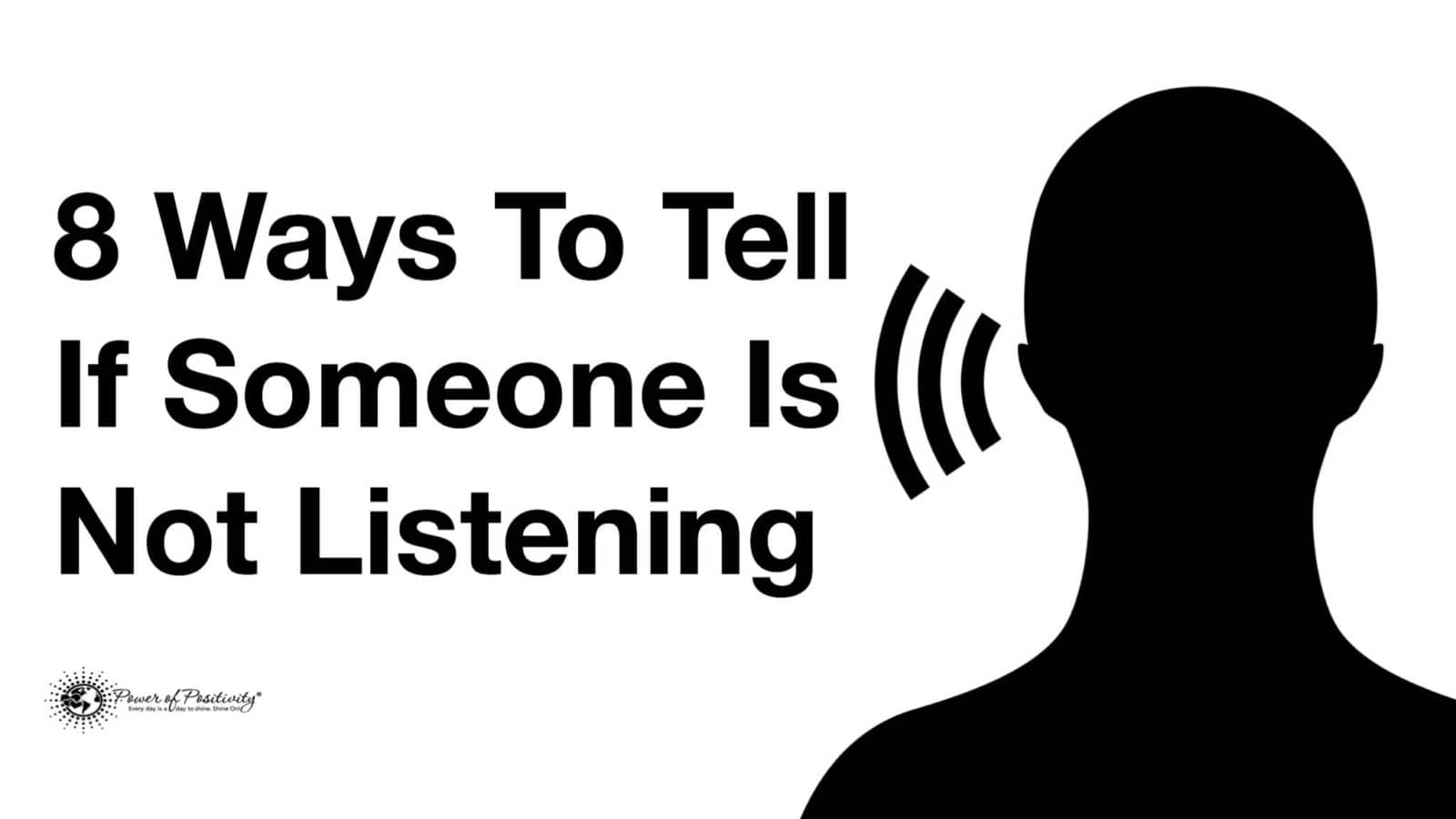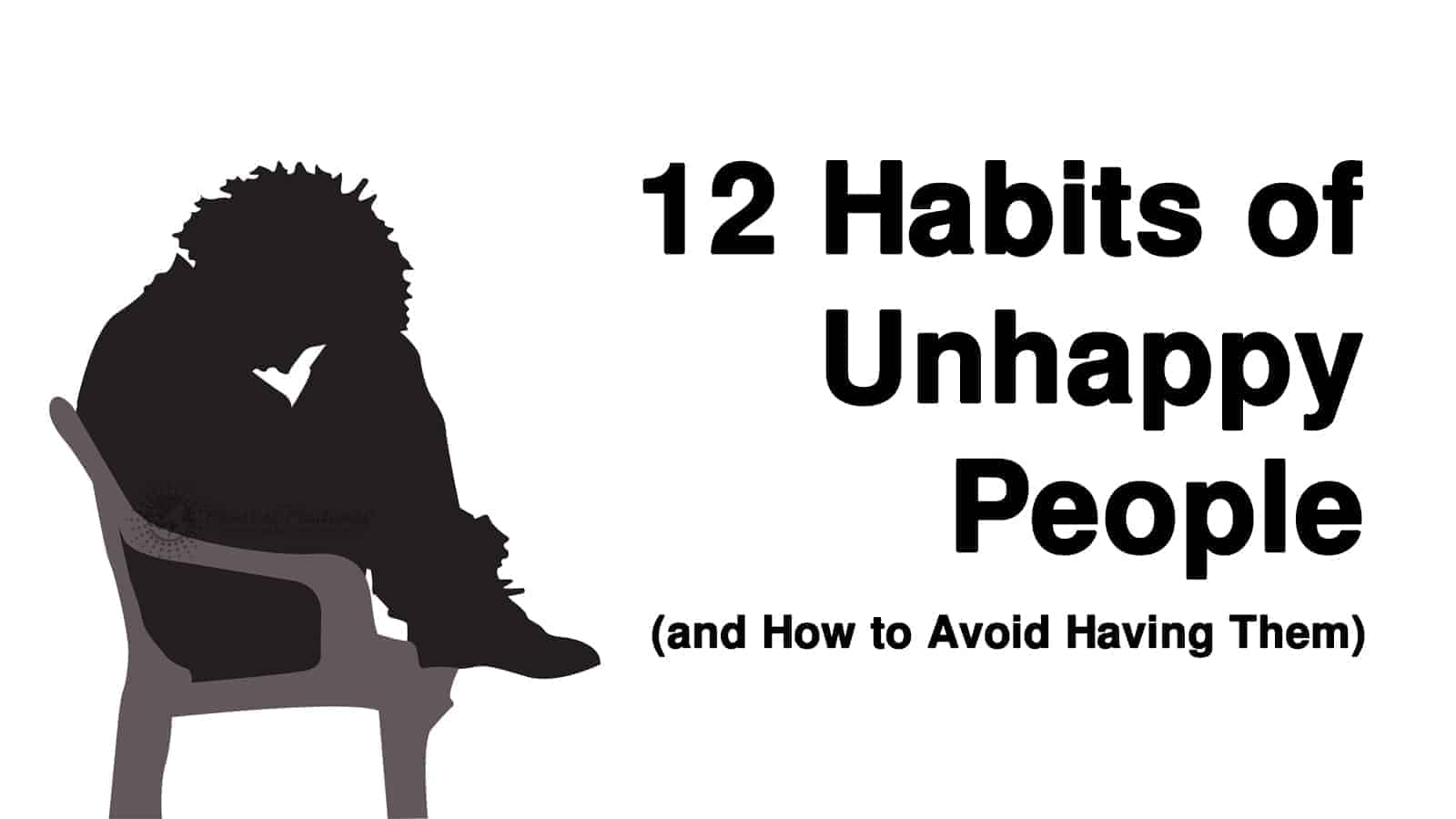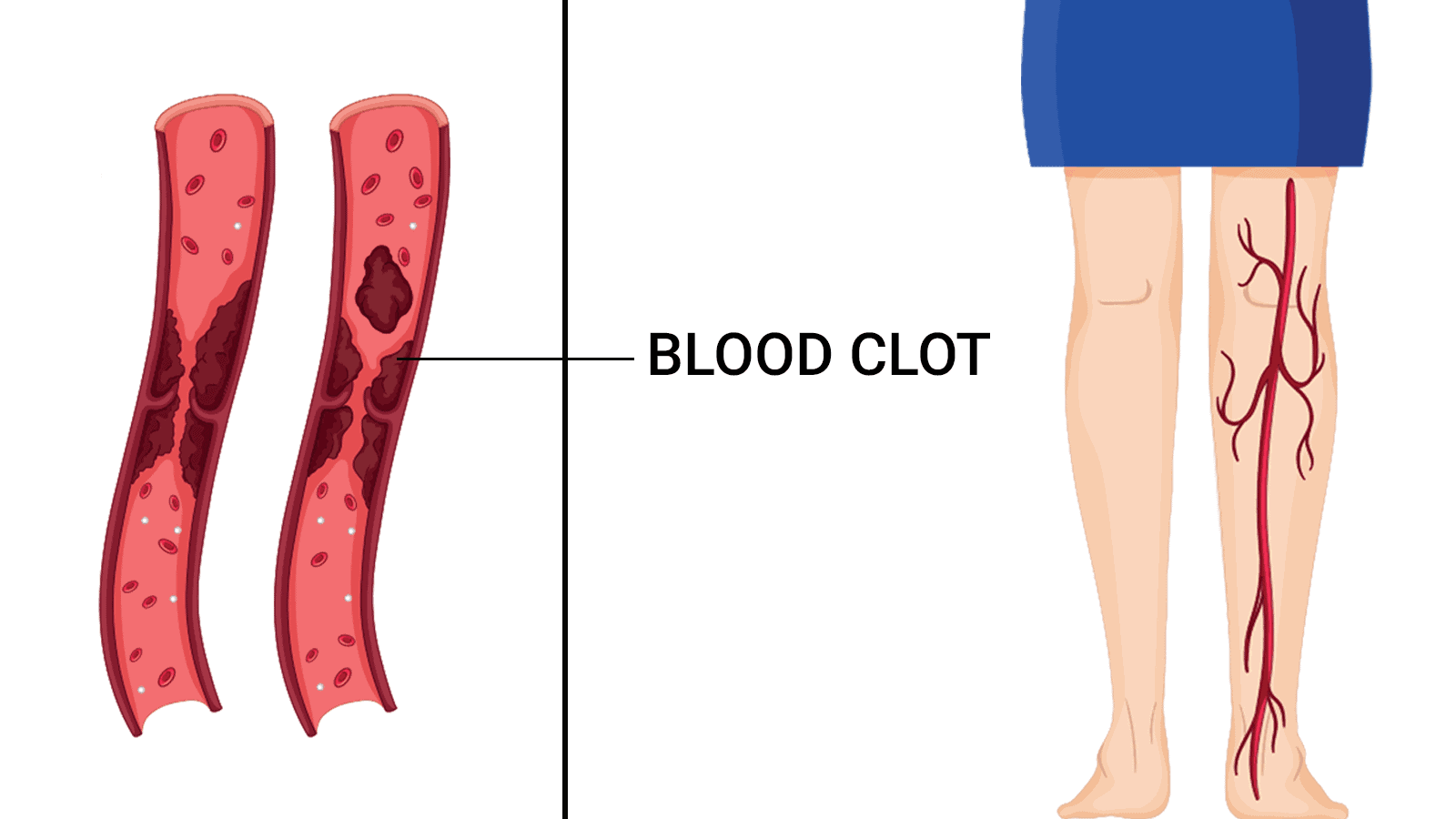Researchers from the University of Cincinnati have found that AI robots can help patients with hearing loss. Art and pet therapy can heal those with physical or mental disorders. However, the healing usually stops after the patient’s therapy sessions end.
The research team wanted to solve this problem by creating a way to practice self-guided therapy. The multidisciplinary collaborative study by UC researchers analyzed how an art therapy app and robotic pets boosted patients’ moods.
UC’s Soma Sengupta, MD, Ph.D., said the pandemic lockdowns prompted the therapy app idea. During this time, certain patients, such as those with brain tumors, could not attend hospital art therapy sessions. Also, their therapy dogs and trainers couldn’t come inside, which left these patients with virtually no options.
“You know it’s really depressing that all these people that depended on these therapies during the pandemic couldn’t get anything in person,” said Sengupta, associate professor and Harold C. Schott Endowed Chair of Molecular Therapeutics in the Department of Neurology. “Why don’t we develop something that is independent of people physically having to be there or an animal physically having to visit a home?”
Combining AI Pets and Art Therapy to Heal

Sengupta’s research focused on patients with vestibular schwannoma or acoustic neuromas. These benign tumors develop on nerves traveling from the inner ear to the brain. Because of the tumors, many of these patients suffer some degree of hearing loss.
For instance, patient Sankhya Jejurikar suffers from deafness in one ear due to a benign tumor removed in September 2020. The permanent hearing loss also left emotional scars, as Sankhya says she often feels depressed and isolated.
“In a big crowd when everybody’s laughing at a joke, and you’ve not heard it, you feel frustration, anger and realize that sometimes your friends forget,” Jejurikar said.
After her successful surgery, she decided to give back to the medical community by participating in the study. Since Jejurikar works as a professional artist, the study was right up her alley.
Jejurikar said this:
“I said that’s great because as an artist I hope to be of some help to them, given the experience of going through the surgery and having acoustic neuroma and now having one-sided deafness. And the fact that it was art therapy was absolutely the cherry on top for sure.”
For the study, Sengupta partnered with Claudia B. Rebola, Ph.D., associate dean for research, associate professor, and director of the new Center for DAAP Research and Innovation (CDRI) on Health and Wellbeing.
They’d previously collaborated on a music therapy app and began work on an art therapy app as well. Rebola also worked tirelessly on improving robotic pets for older adults who need a companion but can’t care for a real animal. Specifically, she improved functions where pets could monitor patients’ vital signs or provide additional care.
Meera Rastogi, Ph.D., a psychologist, art therapist, program coordinator for the pre-art therapy certificate program, and professor at the University of Cincinnati, Clermont College, also participated to help design the art therapy prompts for the app.
The Collaborative Study Also Included:
- Diego Gomez Enriquez, DAAP master of design candidate
- Iris Lachnit, visiting scholar and clinical psychologist
- Abigail Koehler, clinical research professional
- Jamie Denlinger, UC Brain Tumor Center nurse navigator
- Yehudit Rothman, neuro-oncology physician assistant
- Peirce Johnston, MD, UC Department of Psychiatry
The Study on How AI Pets Can Help People With Hearing Loss

The team developed a 12-week pilot study to analyze how art therapy impacted patients’ moods. Psychologists Rastogi and Johnston will monitor the patients’ perspectives and well-being with self-reported assessments.
“It’s more than just interacting with art materials. They’re specifically designed art activities to help people think about whatever issues they’re facing in a different way,” Rastogi said. “So it’s interactive through the app and would be similar to the type of art activities an art therapist would ask their clients to do, as well as reflection questions to think and write about after they do the artwork.”
Participants in the study will meet with an art therapist for instructions on using specified art tools. Each will receive a sketchbook and a 24-pack of colored pencils. The participants will also consult with medical staff to learn how to use the art therapy app.
People With Hearing Loss Will Also Take a Pet Home
In addition, the team will give half the patients robotic therapy dogs to use at home.
“Each pet will have a smart bandana, with sensors that help us monitor the number and length of interactions that the user has with the pet,” Rebola said. “So our hope is to quantify and correlate how much they interact with the pet and how their well-being performs through a 12-week study.”
Jejurikar worked with Rastogi and other psychologists to create questions and prompts for participants during the study. She helped tailor the questions toward hearing loss patients by eliminating questions about cancer, for example, since these patients have benign tumors.
Researchers say that while their focus is treating vestibular schwannoma, they also want to address patients’ mental health.
“It’s not so much about cure, but treatment,” Rebola said. “How can we elevate the health and well-being of our patients through alternative interventions?”
Patient and artist Jejurikar said that she’s happy to see the patients’ overall well-being considered in the study.
“The fact that Dr. Sengupta and her team have actually thought beyond just the physical correction of the surgery but also the emotional problems that come after, I think that’s the future of medicine,” Jejurikar said. “For them to work on it and think about the patients after the surgery really made me feel like I was at the right place. I’ve come to the right place and the right team.”
Future Research on Therapeutic Methods for Loss of Hearing
Sengupta noted the study could have wide-ranging implications beyond the hearing loss population. For example, cancer patients, those with neurodegenerative diseases, and people with mental illnesses could all benefit from self-guided, at-home therapy.
“It is important to design technologies that allow people to take care of their health with their own hands,” Rebola said. “And in an indirect way, it’s kind of responding to the needs of having more equitable access to health and distributing and having the users have control of their health.”
The team is currently recruiting patients for the pilot study and plans to publish initial findings shortly after. Future studies may also analyze how patients respond to other therapies, such as completing art with tablets or interacting with more advanced robot pets.
“We’re designing things as ways of understanding,” Rebola said. “It’s something we don’t do much in the sciences. We’re learning through this iteration, having an impact, generating the second generation.”
The Jejurikar Fund for Vestibular Schwannoma Research and the Harold C. Schott Chair helped fund the study.
Final Thoughts on How AI Pets and Art Help Those With Hearing Loss
As science advances, new technologies and therapies emerge to improve patients’ health. Researchers have devised an art therapy app and given patients robotic therapy dogs to analyze how they impact patients with hearing loss. Hopefully, the study will succeed, and the team can move forward with treatment plans.


















